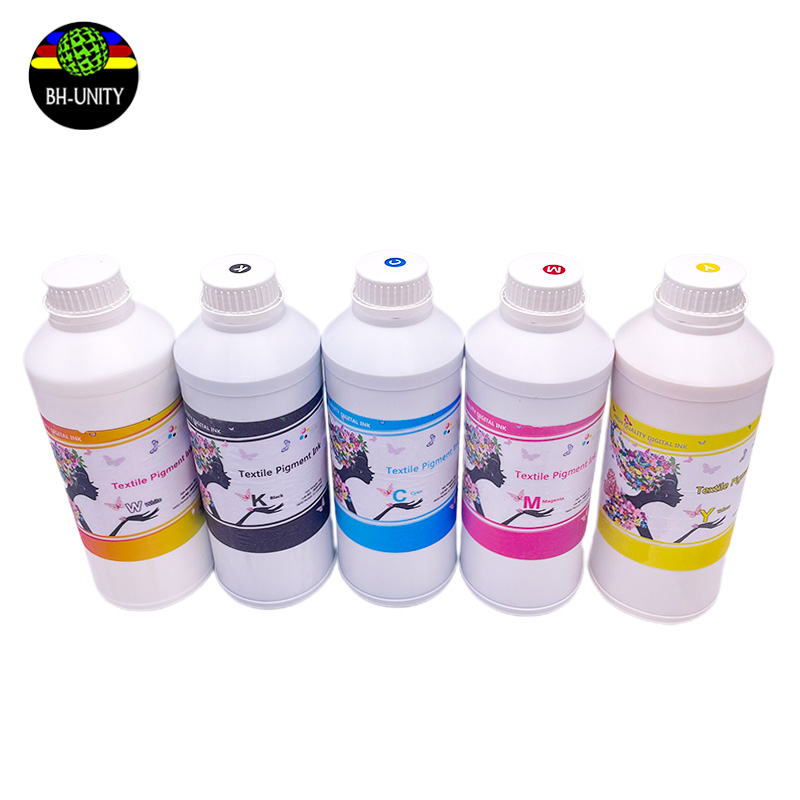Revolutionizing the DTG Printing Industry: Innovations in Ink Technology
Revolutionizing the DTG Printing Industry: Innovations in Ink Technology
The Direct-to-Garment (DTG) printing industry is on the cusp of a major transformation, thanks to groundbreaking advancements in ink technology. As businesses and designers seek new ways to deliver high-quality, vibrant prints, the development of new DTG inks is setting the stage for a revolution in textile printing.

One of the most exciting innovations is the introduction of eco-friendly DTG inks. Traditional DTG inks, often derived from petrochemical sources, have raised environmental concerns due to their impact on waste and recyclability. New formulations are now emerging that utilize water-based, non-toxic ingredients, significantly reducing the ecological footprint of the printing process. These inks not only promise a lower environmental impact but also offer improved safety for operators, aligning with the growing trend toward sustainable manufacturing practices.
Another significant advancement is the development of inks with enhanced color vibrancy and durability. Researchers and manufacturers have been working tirelessly to improve the pigment concentration and bonding agents in DTG inks, resulting in prints that are more resistant to fading and abrasion. This leap forward addresses a long-standing issue for many printers: ensuring that vibrant designs maintain their quality over time and through numerous washes.
Furthermore, innovation is extending into the realm of specialty inks. For instance, there has been a surge in interest around UV-reactive and glow-in-the-dark inks, which offer unique possibilities for creative and eye-catching designs. These specialty inks not only allow for new aesthetic dimensions but also open up opportunities for niche markets and customized products.
Digital ink technology is also benefiting from advancements in printhead design and ink delivery systems. Modern DTG printers are increasingly equipped with precision-engineered printheads that can handle a wider range of ink viscosities, ensuring consistent and high-quality output. Combined with advanced software for color management and print optimization, these improvements are pushing the boundaries of what is possible in garment printing.
In summary, the DTG ink industry is undergoing a transformative phase marked by innovations that promise to enhance sustainability, color quality, and versatility. As these new technologies continue to evolve, they will undoubtedly shape the future of textile printing, offering exciting opportunities for both established businesses and emerging designers alike.
